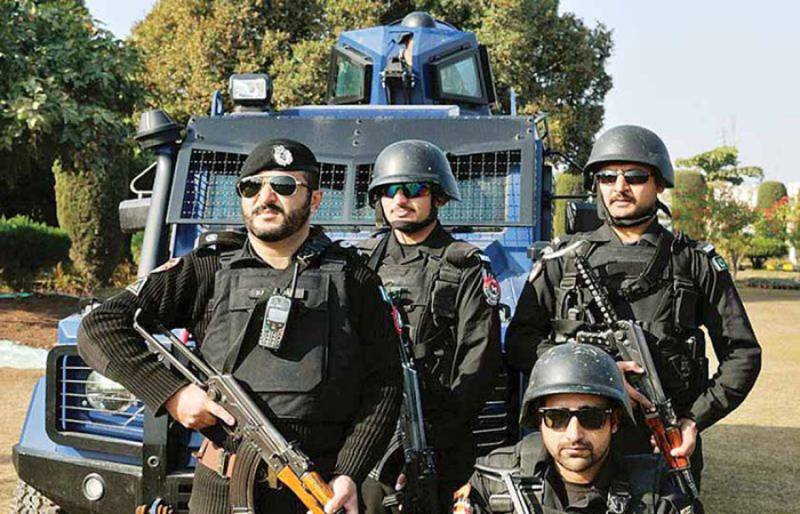Introduction
In the bustling district of Dera Ismail Khan, recent headlines have been dominated by the swift and decisive action of the Counter-Terrorism Department (CTD), which resulted in the elimination of eight terrorists allegedly involved in attacks on customs personnel. This article aims to dissect the intricacies of the CTD operation, shedding light on its significance in combating terrorism.
Background of the Incident
The events leading to the CTD operation stem from a series of brazen attacks on customs personnel in DI Khan, highlighting the growing menace of terrorism in the region. These attacks not only jeopardize the safety of law enforcement officials but also pose a grave threat to public security, instilling fear and uncertainty among the local populace.
The Role of CTD in Counter-Terrorism
Founded with the mission to thwart terrorist activities and dismantle extremist networks, the CTD plays a pivotal role in safeguarding the nation against internal security threats. Tasked with gathering intelligence, conducting operations, and apprehending perpetrators, the department operates with precision and efficiency in its counter-terrorism endeavors.
Unveiling the Operation
The recent operation in DI Khan underscores the meticulous planning and strategic coordination employed by the CTD. With a clear objective to neutralize the terrorist elements responsible for the attacks, the operation unfolded with calculated precision, utilizing a combination of intelligence-driven tactics and swift, decisive action on the ground.
The Aftermath
The successful elimination of the terrorists marks a significant victory in the ongoing battle against terrorism. By eliminating key operatives and disrupting their nefarious activities, the CTD has dealt a severe blow to the terrorist infrastructure, thereby enhancing the overall security landscape in the region.
Public Response and Reactions
The swift action taken by the CTD has garnered widespread support from the public, who view it as a resolute response to the growing menace of terrorism. However, amidst the accolades, there are also voices of concern regarding the potential collateral damage and adherence to human rights standards during such operations.
Conclusion
The CTD operation in DI Khan serves as a stark reminder of the persistent threat posed by terrorism and the crucial role of law enforcement agencies in safeguarding public security. While the immediate objective may have been achieved, the battle against terrorism is far from over. It demands vigilance, resilience, and sustained efforts to confront and defeat this scourge.
FAQs:
- How does the CTD gather intelligence for its operations?The CTD employs a variety of methods, including surveillance, informants, and analysis of electronic communications, to gather intelligence on terrorist activities.
- What measures are in place to prevent civilian casualties during CTD operations?CTD operations are conducted with utmost care to minimize civilian casualties, with strict adherence to rules of engagement and respect for human rights.
- How can communities contribute to counter-terrorism efforts?Communities can play a crucial role by reporting suspicious activities, fostering dialogue, and promoting resilience against extremist ideologies within their midst.
- What are some long-term strategies for combating terrorism?Long-term strategies include addressing socio-economic disparities, promoting education and employment opportunities, and countering extremist propaganda through media literacy and awareness campaigns.
- How does international cooperation contribute to counter-terrorism efforts in Pakistan?International cooperation involves sharing intelligence, capacity-building initiatives, and joint operations, which bolster Pakistan’s efforts to combat terrorism on a global scale.
